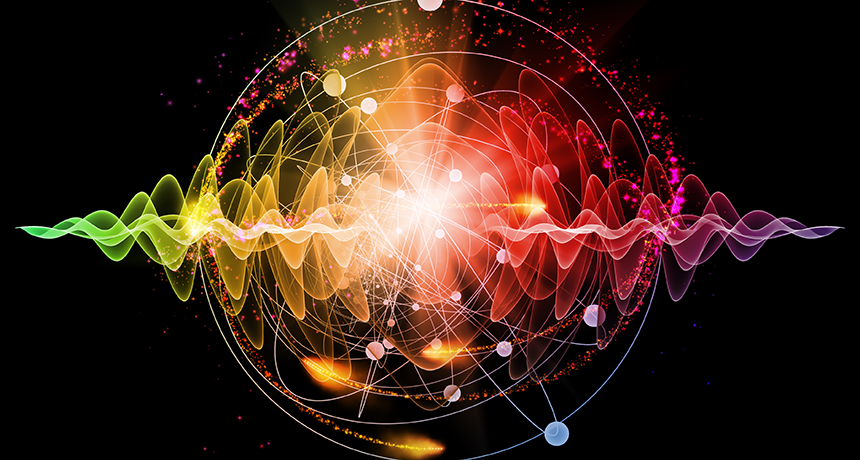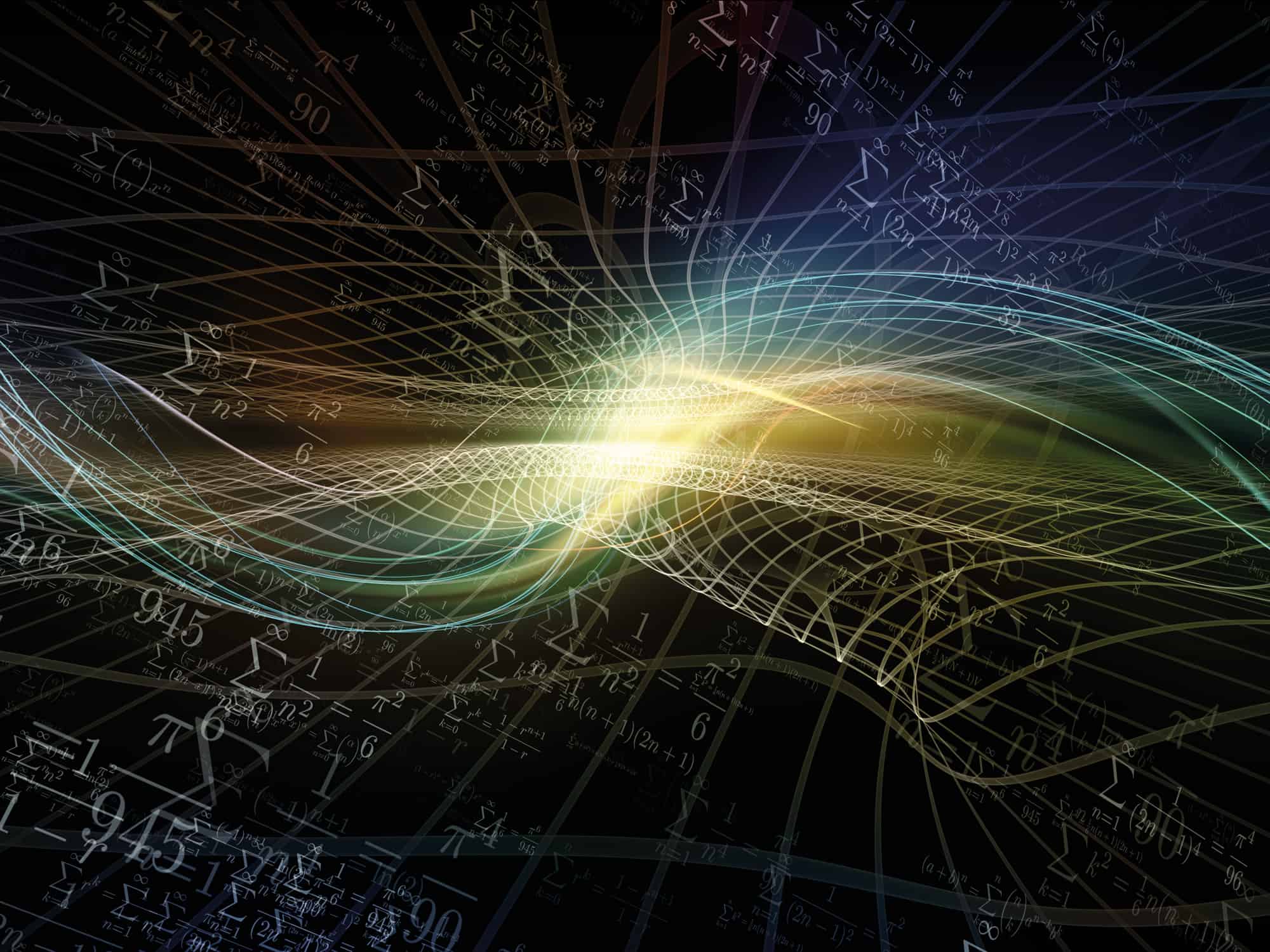

Discontinuous = Quantum jump: A quantum object ceases to exist here and simultaneously appears over there without going though the intervening space. The smallest action creates consequences both near and far.

The material world is created by the downward causation of conscious choice which collapses the wave potential into a particle or material event.(Goswami (2008)Ĥ. Tangled Hierarchies- EVERYTHING in the quantum universe is connected. Without consciousness there is no collapse of the wave and no material particles, no material world. Goswami proposes that an understanding of the collapse of the wave function requires consciousness. None of these have been able to give a satisfactory explanation of the event of collapse. There have been various theories proposed to explain this collapse and other paradoxes of quantum physics. This collapse of the wave into a particle is central to quantum physics. The observer creates reality! See the Double Slit Experiment This important difference in quantum theory has fundamentality changed everything. Quantum particles respond to the observer's mind. A quantum object cannot manifest in ordinary space and time reality until we observe it/create it as a particle. Is it a wave or a particle? Measuring or observing the wave collapses the wave into a particle. Wave property: Quantum objects can be at more than one place at the same time. All matter exhibits the properties of both particles (localized objects) and waves. You would not be able to put your hand in the spaces because at high speed the spaces appear to go away.Ģ.

It can be moving so fast that it appears to be a solid surface. (McTaggert,2002 pg, 32,33) An example of this is a spinning fan blade. Einstein's famous equation E=MC2 is a recipe for the amount of energy necessary to create the appearance of mass. This energy is quantized, that is - it consists of discrete units. Matter is NOT a fundamental property of quantum physics. Quantum objects have the following characteristics:ġ. If you try to understand quantum physics from the perspective of classical physics you will find confusing paradoxes. You are being asked to set aside all of your assumptions about the material world.

Confusion and frustration are totally normal responses. The world of quantum physics is not neat and tidy. If you are not familiar with quantum theory, prepare to be confused. The fundamental assumptions of material realism just do not apply in quantum physics. Quantum physics is very different from classical physics. Survival of the fittest - based on limited supplyĪll of these things keep classical physics neat and tidy. Reality exists independent from the observer- mind and matter are divided, not connected. Material realism - mostly what we see with our eyes.Įverything is measureable, predictable, consistent, knowable, "rational". Although quantum physics formally replaced classical physics in the 1920's, the old philosophy is still widely accepted. Newtonian physics, also known as classical physics, is largely based upon the world of physical matter as we perceive it with our eyes. (definition supplied by Wikipedia) The word quantum comes from the Latin for "how much". (Goswami, 2008)ĭefinition of a quantum or quanta: In physics, a quantum (plural: quanta) is the minimum unit (amount) of any physical entity involved in an interaction. Quantum physics is a physical science that was discovered to explain the nature and behavior of matter and energy on the scale of atoms and subatomic particles, but now it is believed to hold true for all matter (even galaxies). Quantum physics is very different from the principles that were created in the day of Isaac Newton (1642-1727). The first quantum theories were created in the late 1800's and the early 1900's. Knowing the basics of quantum physics is important because the resulting paradigm shift permanently changed our working model of reality.


 0 kommentar(er)
0 kommentar(er)
